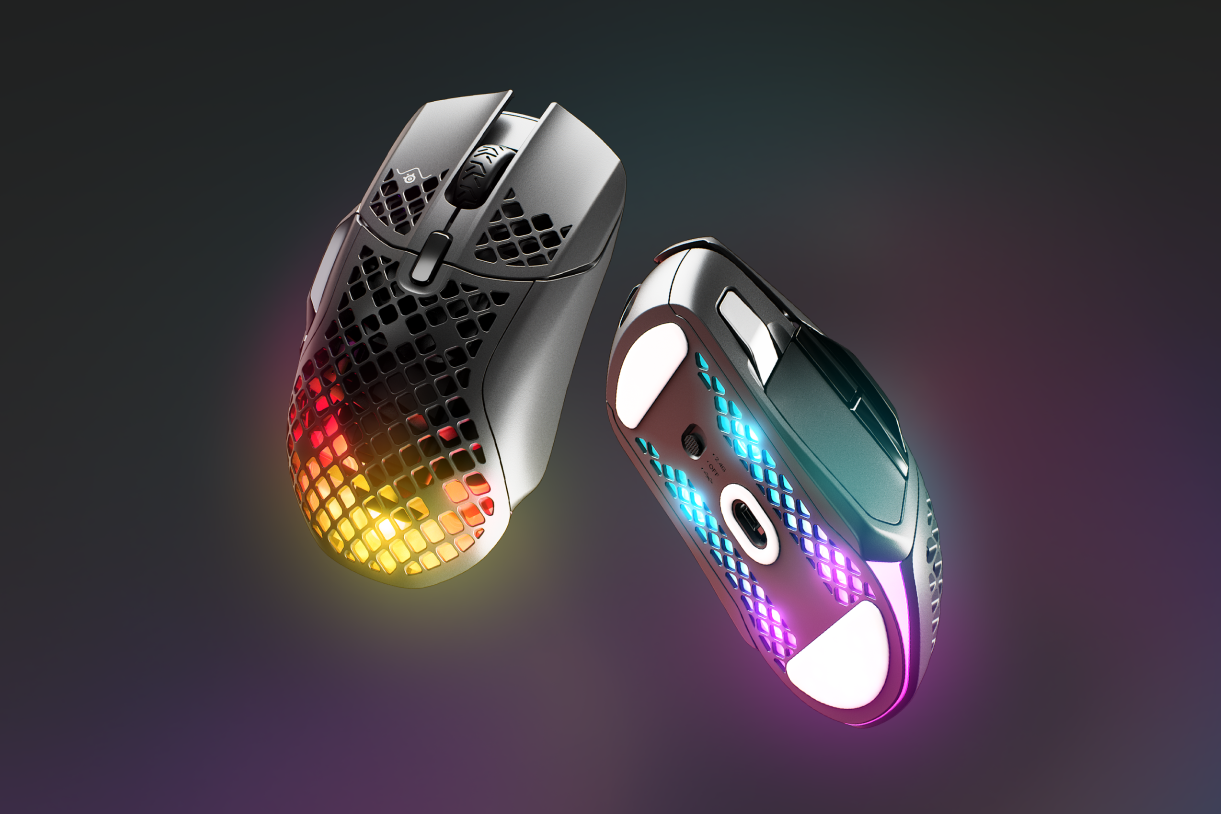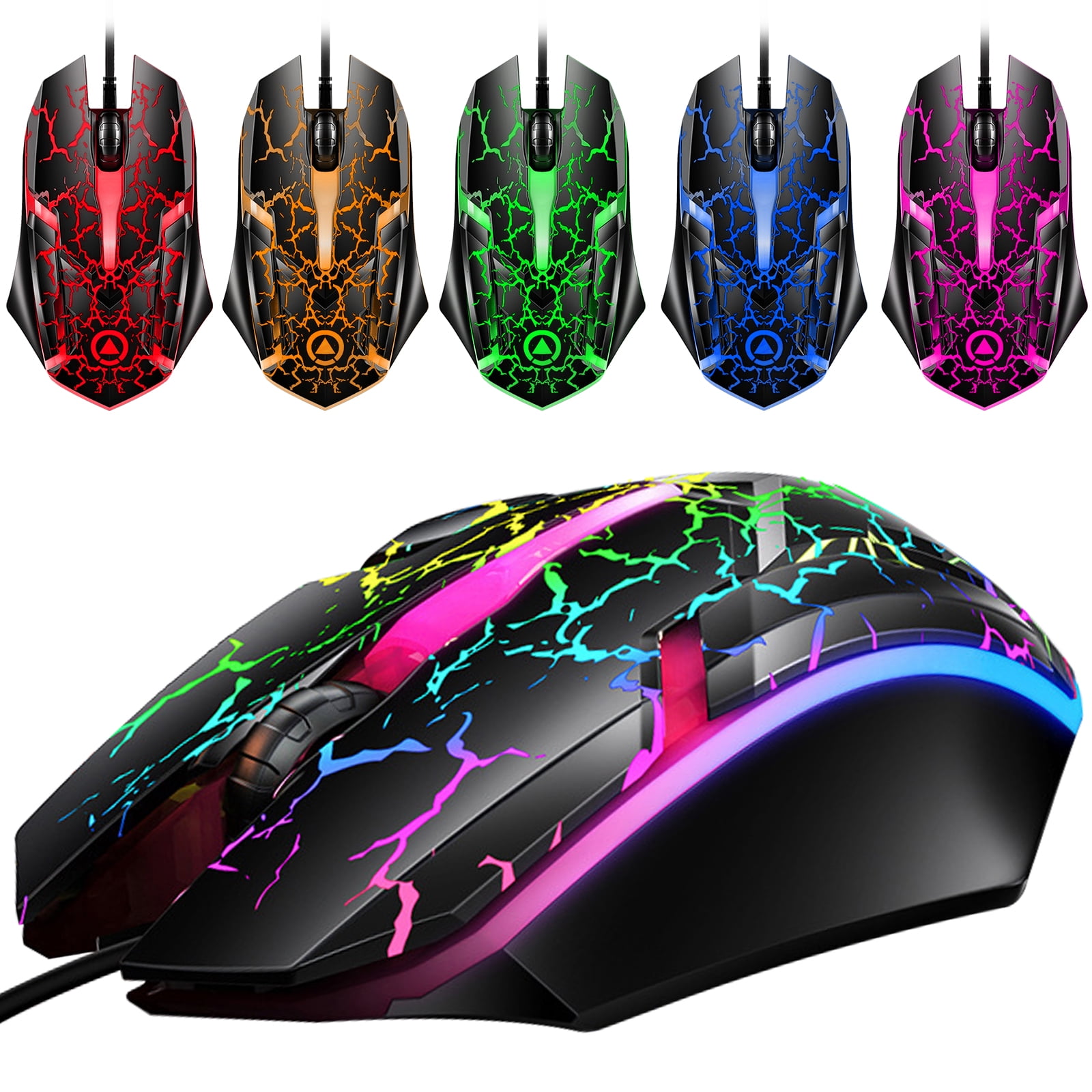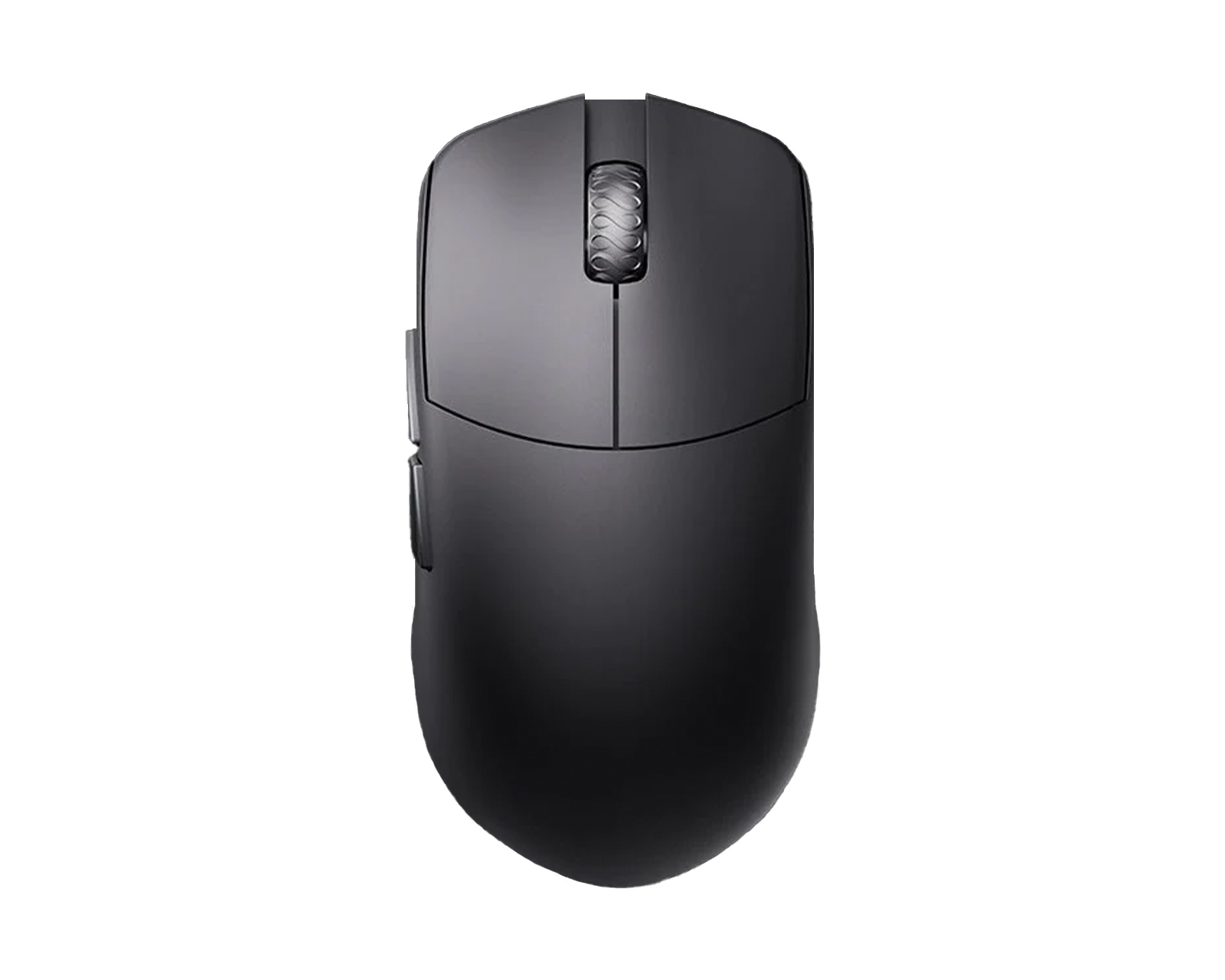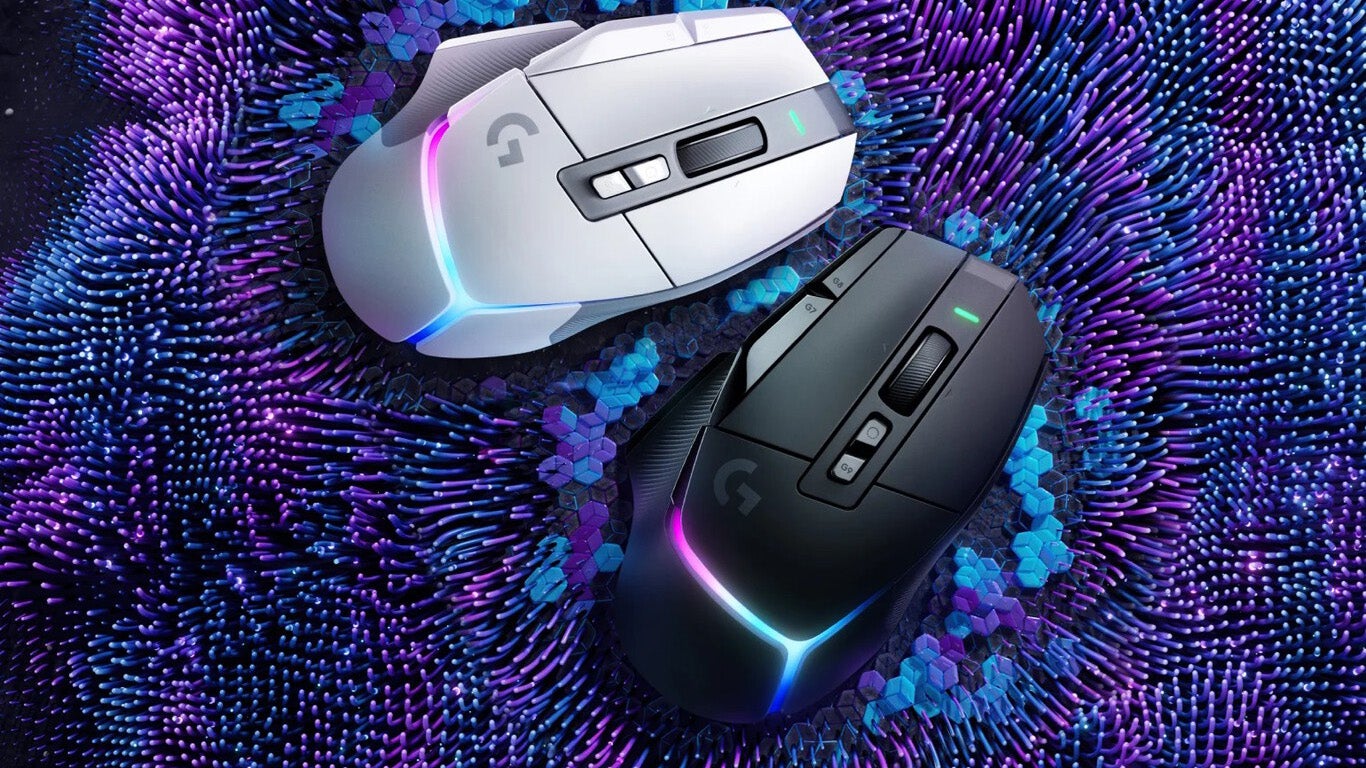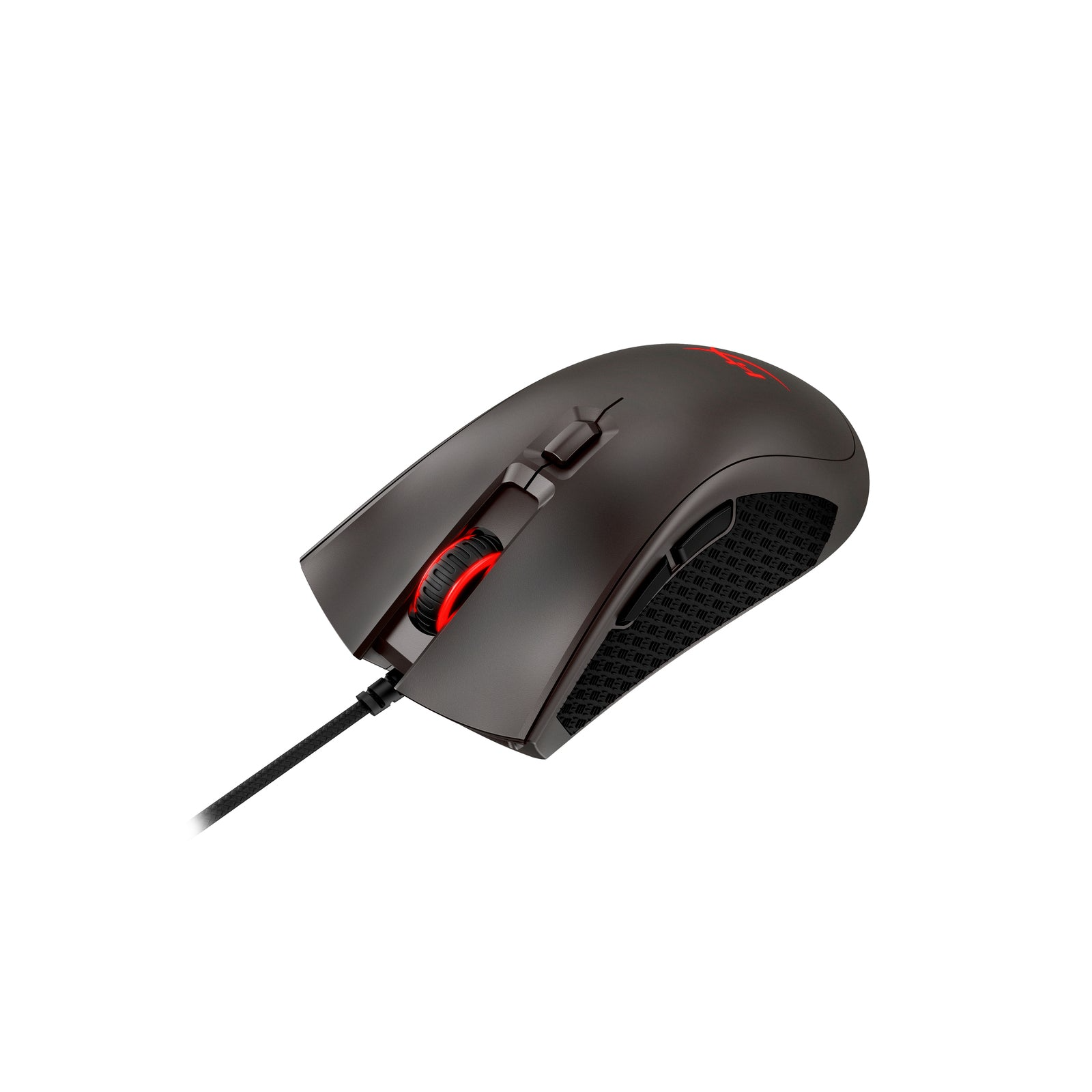Introduction
A gaming mouse is a specialized input device designed specifically for the needs and demands of computer gamers. Unlike conventional mice, which are often built for general-purpose use, gaming mice offer an array of advanced features, ergonomic designs, and high-performance components tailored to enhance precision, speed, and customization in gaming scenarios. This introduction will delve into the key aspects, benefits, and features that distinguish gaming mice from their standard counterparts, making them an essential tool for serious gamers.
Ergonomic Design and Comfort
Gaming mice are engineered with ergonomics in mind, ensuring prolonged comfort during extended gaming sessions. They come in various shapes and sizes to accommodate different grip styles (e.g., palm, claw, or fingertip grip) and hand sizes. The use of high-quality materials like soft-touch plastics, rubberized coatings, and lightweight construction helps reduce fatigue and improve overall grip. Some models also feature adjustable weights, allowing users to fine-tune the mouse’s heft according to their preferences.
High-DPI Optical or Laser Sensors
A crucial aspect of a gaming mouse is its high-precision sensor, which can be optical or laser-based. These sensors offer significantly higher DPI (dots per inch) or CPI (counts per inch) ratings than regular mice, translating to greater sensitivity and accuracy. Higher DPI means the cursor moves farther on the screen for the same physical movement of the mouse, enabling swift and precise aiming or tracking in games. Most gaming mice allow users to adjust DPI on-the-fly, enabling quick switches between low DPI for precise targeting and high DPI for rapid movements across the screen.
Advanced Button Customization and Macros
Gaming mice typically feature an expanded button layout, including additional side buttons, clickable scroll wheels, and sometimes even customizable buttons on the mouse body. These extra buttons can be programmed using dedicated software to perform specific in-game actions, hotkeys, or macros (a series of commands executed with a single button press). This level of customization not only enhances efficiency but also allows gamers to execute complex maneuvers quickly and effortlessly.
Low-Latency Connectivity
To minimize input lag and ensure responsive performance, gaming mice commonly use either wired connections with high-speed USB interfaces or wireless technologies such as Bluetooth or proprietary wireless systems with ultra-low latency. Wired gaming mice generally offer the most consistent and reliable performance, while modern wireless gaming mice can provide near-zero latency comparable to their wired counterparts, without the inconvenience of cables.
RGB Lighting and Personalization
Many gaming mice incorporate RGB lighting elements, allowing users to customize the mouse’s appearance with millions of color options and various lighting effects. This feature not only adds aesthetic appeal but can also serve as a visual indicator for DPI settings, profile switching, or other customizable functions. Gaming mouse software often enables synchronization of lighting effects with other compatible gaming peripherals, creating a unified and immersive gaming environment.
On-Board Memory and Profile Storage
High-end gaming mice may include onboard memory, which enables users to save custom button mappings, DPI settings, and lighting configurations directly on the mouse. This feature is particularly useful for gamers who frequently switch between different computers or gaming setups, as they can instantly access their personalized settings without the need to install or configure software on each system.
In summary, a gaming mouse is a purpose-built peripheral that combines ergonomic design, high-performance sensors, extensive button customization, low-latency connectivity, vibrant RGB lighting, and on-board memory to deliver unparalleled precision, control, and personalization for avid gamers. By investing in a gaming mouse tailored to their specific needs and preferences, gamers can elevate their gameplay experience, improve reaction times, and gain a competitive edge in their favorite titles.
Understanding Key Factors in Gaming Mouse Selection
Before diving into specific models, it’s essential to grasp the core factors that influence the choice of a gaming mouse. These elements include:
Sensor Technology
The sensor is the heart of any gaming mouse, determining its accuracy and responsiveness. Look for high-end optical or laser sensors with high DPI (dots per inch) ranges, adjustable polling rates, and low lift-off distances for unparalleled tracking precision.
Ergonomics and Comfort
Gaming sessions can stretch for hours, making ergonomics and comfort crucial aspects to consider. Mice come in various shapes and sizes, catering to different grip styles (palm, claw, or fingertip) and hand sizes. Pay attention to weight, materials, and the presence of features like removable weights, textured grips, and contoured shapes to ensure a comfortable fit for extended use.
Button Customization and Macros
Gaming mice often sport numerous programmable buttons, allowing users to assign complex commands, shortcuts, or macros for quick access in-game. Consider the number, placement, and tactile feedback of these buttons, as well as the ease of use and functionality of the accompanying software.
Connectivity Options
Wireless gaming mice have made significant strides in recent years, offering comparable performance to their wired counterparts while providing freedom from cables. Decide whether you prefer the reliability and minimal input lag of wired mice or the convenience and flexibility of wireless models, considering factors like battery life, charging methods, and connectivity technologies (e.g., Bluetooth, RF, or proprietary wireless).
RGB Lighting and Aesthetics
While not directly impacting performance, RGB lighting adds a personal touch to your gaming setup and can enhance immersion. Assess the mouse’s lighting zones, color options, and synchronization capabilities with other RGB-enabled peripherals.
Gaming Mice for Specific Needs and Preferences
With the key factors in mind, let’s delve into some of the best gaming mice tailored to various gaming genres, playstyles, and individual requirements.
FPS and MOBA Players
- Zowie EC Series: Designed for esports professionals, these mice offer a no-frills approach with exceptional tracking, a symmetrical shape for ambidextrous use, and customizable DPI settings without software.
- Logitech G Pro X Superlight: This lightweight wireless mouse (weighing just 63 grams) features Logitech’s HERO 25K sensor, large PTFE feet for smooth gliding, and a streamlined shape suitable for various grip styles.
MMO and RTS Enthusiasts
- Razer Naga Trinity: Boasting interchangeable side plates with 2, 7, or 12-button layouts, the Naga Trinity caters to MMO and RTS players who require quick access to numerous abilities. It also features Razer’s acclaimed optical switches and Chroma RGB lighting.
- Corsair Scimitar Pro RGB: Equipped with a 12-button side panel with customizable mechanical switches and a patented slider system for personalized button positioning, this mouse offers extensive customization for MMO gameplay. It also includes a high-accuracy 18,000 DPI optical sensor and dynamic RGB lighting.
Casual and Multi-genre Gamers
- SteelSeries Aerox 3 Wireless: This lightweight, ultra-durable wireless mouse combines IP54 water-resistant construction, a comfortable honeycomb shell, and a 18,000 CPI TrueMove Air sensor. It offers long battery life and supports Qi wireless charging.
- HyperX Pulsefire Haste Wireless: Weighing only 59 grams, this wireless mouse features a breathable honeycomb shell, PTFE skates for smooth movement, and HyperX’s reputable 16,000 DPI PixArt PAW3335 sensor. It also offers up to 100 hours of battery life and supports Qi wireless charging.
Large Hands and Palm Grippers
- Logitech G502 Hero: With a contoured shape and generous dimensions, the G502 Hero caters to palm grippers and those with larger hands. It includes customizable weights, 11 programmable buttons, a high-precision sensor, and customizable RGB lighting.
- Corsair Ironclaw RGB: Specifically designed for users with larger hands, this mouse offers a spacious, right-handed shape, a comfortable rubberized grip, and a precision 18,000 DPI optical sensor. It also sports eight programmable buttons and vibrant RGB lighting.
Left-Handed Gamers
- Razer DeathAdder Left-Hand Edition: A mirror image of the iconic DeathAdder, this left-handed mouse retains its ergonomic shape, high-performance sensor, and five programmable buttons, ensuring southpaws can enjoy the same quality gaming experience.
- Zowie FK Series (Left-Handed Models): Zowie offers left-handed versions of their FK series mice, featuring a neutral, ergonomic shape suitable for various grip styles, customizable DPI settings, and a focus on pure performance without unnecessary frills.
Budget-Friendly Gaming Mice
For gamers seeking top-notch performance without breaking the bank, here are some affordable options that deliver excellent value:
- Redragon M602: A budget-friendly mouse with a comfortable ergonomic design, seven programmable buttons, a reliable 10,000 DPI optical sensor, and customizable RGB lighting.
- BenQ Zowie EC2-A: A cost-effective choice for esports enthusiasts, this mouse offers a symmetrical shape, two programmable buttons, a precise 3360 sensor, and a straightforward plug-and-play design without the need for software.
Conclusion
Choosing the best gaming mouse depends on your specific gaming preferences, hand size, grip style, and budget. By understanding the key factors that influence performance and comfort, and exploring the diverse range of mice tailored to various needs, you can find the perfect companion for your gaming journey. Invest in a mouse that complements your skills, enhances your gameplay, and brings precision to your palm, ensuring every click counts in the heat of battle.
